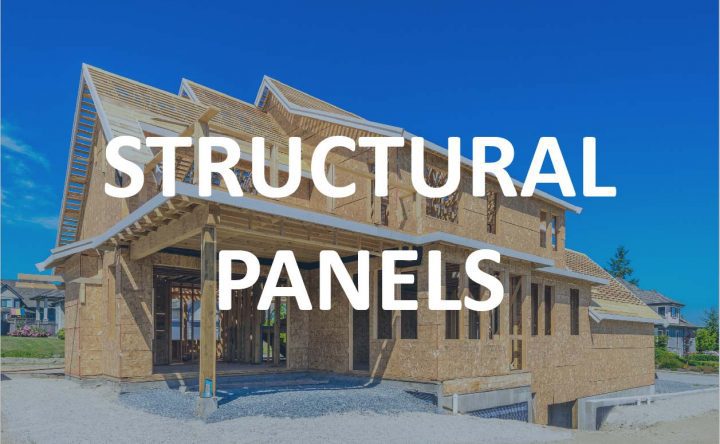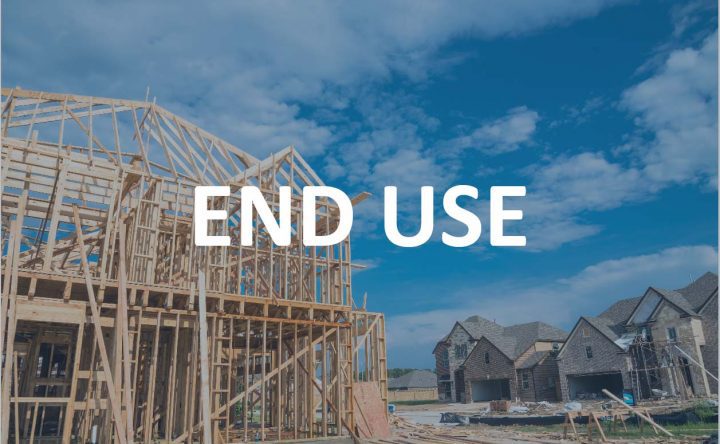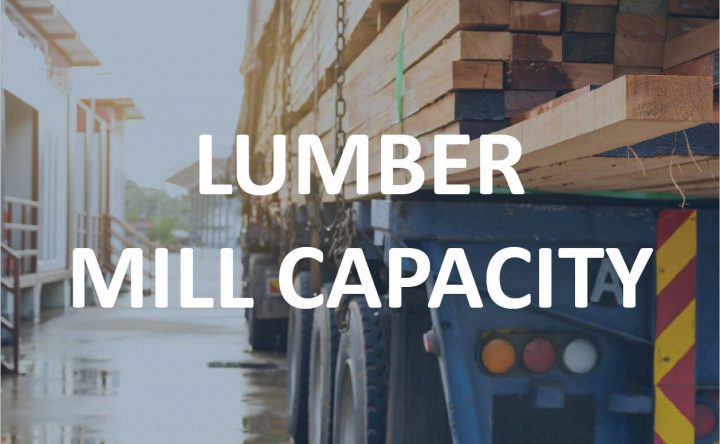Russian wood-based materials producer ZAO Murom’s OSB plant is up and running. The new OSB line was built as a greenfield project at the site of ZAO Murom in the Vladimir region of Russia. The innovative OSB line with an annual capacity of more than 280,000 m3 enables Murom to use diverse raw material assortments, including waste from plywood production, another focus of the plant investor.
Wood Markets News
Element5’s New St. Thomas, Ontario Factory is Industry Certified and Running at Full Strength
Element5’s new St. Thomas, Ontario factory is now industry-certified and running at full strength. The new plant lays claim to being the most fully automated mass-timber plant in the world. Combined with an existing factory in Ripon, Quebec, Element5 now has the capacity to produce over 50,000 cubic meters of CLT and glulam per year.
Real GDP Increases 6.6% in Q2 2021, According to Bureau of Economic Analysis “Second” Estimate
According to the “second” estimate released by the Bureau of Economic Analysis (BEA), real gross domestic product (GDP) increased at an annual rate of 6.6% in Q2 of 2021. In Q1 of 2021, the real GDP increased 6.3%.
30-Year Mortgage Rates Inch Higher in the Week Ending August 26, 2021
Freddie Mac has released its Primary Mortgage Market Survey (PMMS) for the week ending August 19, 2021. The PMMS reports that 30-year fixed-rate mortgage averaged 2.87% with an average 0.6 point — up slightly from last week when it averaged 2.86%.
Weekly Jobless Claims Increase in the Week Ending August 21, 2021
The U.S. Department of Labor is reporting that an additional 353,000 Americans made their initial filing for unemployment benefits during the week ending on Saturday, August 21, 2021. This is an increase of 4,000 from the previous week’s revised level.
Canfor Corporation Announces Production Cuts at B.C. Sawmills Starting Week of August 30, 2021
Canfor Corporation announced on Tuesday (8-24-21) that it will be implementing operation reductions at its BC sawmills, with the exception WynnWood, commencing the week of August 30, 2021. As a result, Canfor’s BC mills are expected to operate at approximately 80% of production capacity and operating schedules may continue to vary as economic conditions warrant.
LP Peace Valley OSB Facility Back in Production and Shipping Product
LP Chair and CEO Brad Southern announced during LP’s Q2 2021 earning call, which was held on Tuesday, August 3, 2021, that their Peace Valley OSB facility located in Fort St. John, B.C. had officially pressed its first board on June 22, 2021 after restarting earlier in the year.
Scotland Ready to Help UK with Fluctuations in the Global Timber Market
The UK as whole, according to Forestry and Land Scotland (FLS), is ‘far too vulnerable’ to fluctuations in the global timber market. However, the FLS says that Scotland is well placed to ‘mitigate’ the risk by stepping up its commercial forestry sector.
Mortgage Applications Increased in the Week Ending August 20, 2021
According to data from the Mortgage Bankers Association’s (MBA) Weekly Mortgage Application Survey (WMAS), for the week ending August 20, 2021, the Market Composite Index (a measure of mortgage loan application volume) increased 1.6% on a seasonally adjusted basis from one week earlier. On an unadjusted basis, the Index increased 1% compared with the previous week.
July New Home Sales Up 1.0% Month-Over-Month but Down Year-Over-Year
The U.S. Census Bureau and the U.S. Department of Housing and Urban Development jointly reported that new residential single-family home sales for July 2021 were at a SAAR of 708,000, according to estimates. This is 1.0% above the revised June rate of 701,000 but is -27.2% below the July 2020 estimate of 972,000.








